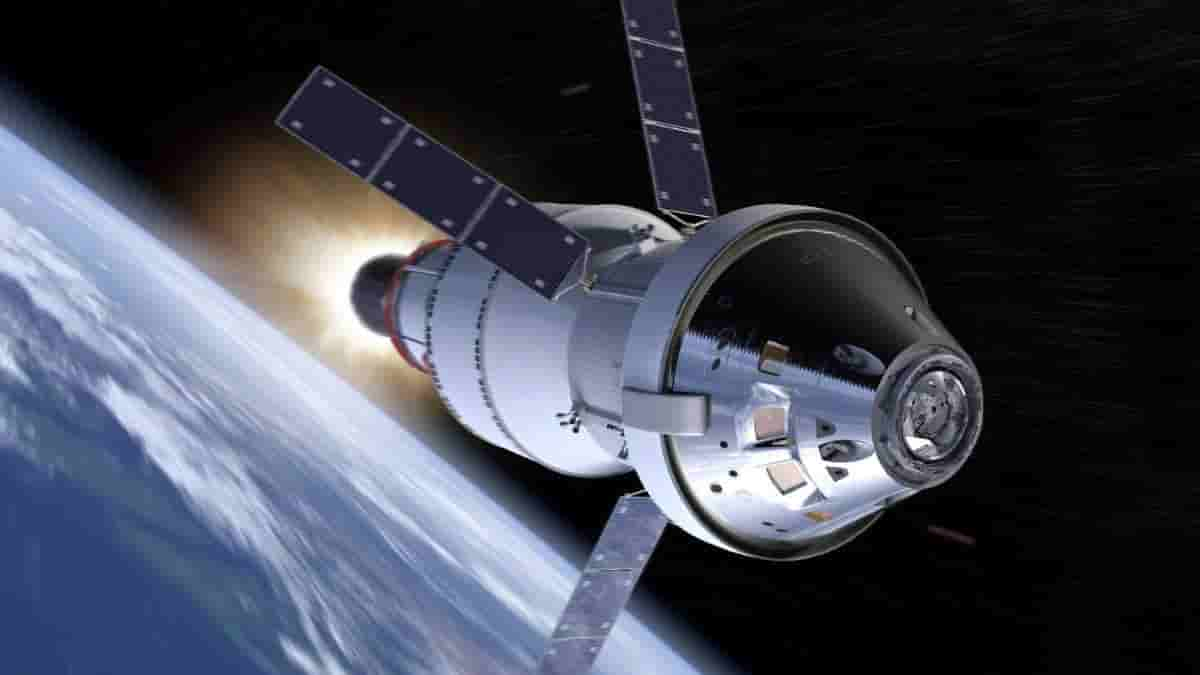NASA is all set for its second attempt of the Artemis Mission 1 at 2:17 PM EST

After the first launch failed NASA’s engineers are all set for their second launch of Artemis Mission 1 at 2:17 PM EST. Once more, NASA employees are preparing the agency’s new moon rocket for its first test flight.
“We’re going to show up, and we’re going to try, and we’re going to give it our best,” said Mike Sarafin, NASA’s Artemis mission manager, during a press briefing at Kennedy Space Center in Florida, where the 32-story-tall rocket, with a crew capsule on top, is waiting on the launch pad.
When a sensor detected that one of the rocket’s four engines didn’t appear to be cooling down to the required temperature of roughly minus-420 degrees Fahrenheit, NASA’s first attempt to launch the rocket had to be aborted.
The last time the space agency launched a spacecraft intended to ferry people to the moon was almost 50 years ago. The twin sister of the Greek deity Apollo, Artemis, inspired NASA to name its new moon mission after her. NASA also promised to send the first woman and the first person of colour to the moon.
The long-awaited first voyage of the Artemis rocket won’t carry any humans, but it will be a crucial test of how NASA’s new vehicle will function in space and during the violent return to Earth.
There is a 60% likelihood that the weather will be suitable for takeoff during this launch window, which is encouraging. Overall, the weather appears favourable, according to Space Launch Delta 45’s weather officer Melody Lovin. “I don’t anticipate the weather to be a deal-breaker.”
NASA can attempt again on Monday if bad weather does prevent the rocket from taking off.
Once this rocket has successfully launched, it will take the Orion crew capsule on a mission to orbit the moon, passing just 60 miles over the lunar surface. On October 11, it will return home after more than five weeks and splash down in the Pacific.
This rocket will carry passengers on its upcoming mission, which isn’t until 2024. The government plans to send a rocket to the moon in 2025, but most observers of space foresee delays because this rocket is already years behind schedule. Just five years after NASA retired its outdated fleet of space shuttles, Congress wanted it to take to the skies in 2016.
If NASA relies on this pricey rocket and capsule, according to critics, the Artemis programme will cost too much to be financially viable. Each of the first five missions will cost more than $4 billion, according to NASA’s inspector general, and that doesn’t include the enormous development expenditures.
A megarocket and spacecraft named Starship are being developed by the commercial business SpaceX, which already transports humans to the International Space Station on behalf of NASA. This rocket is intended to be cheap and reusable, and its first flight is anticipated soon. In order to get its people from lunar orbit to the lunar surface, NASA has previously stated that it will rely on SpaceX to evolve Starship into a lunar lander.


